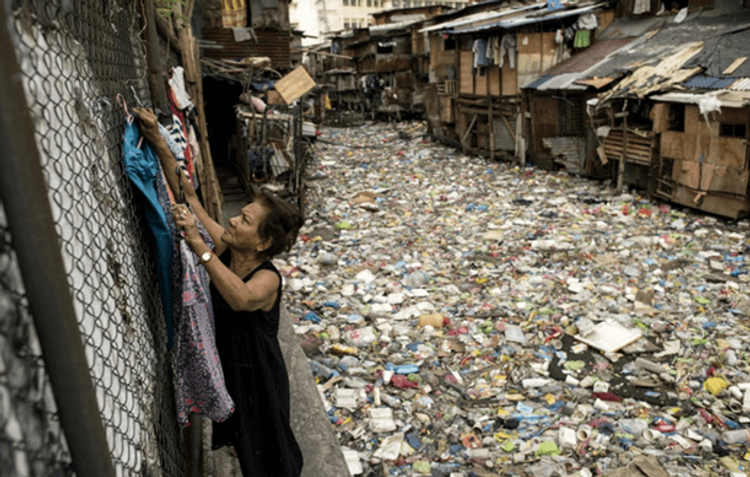The UNESCO Alliance of Megacities for Water and Climate (MAWAC)’s Project - The Rehabilitation of Pasig River
Contributed by: Tristan Milot, Project manager, Syndicat Interdépartemental pour l'assainissement de l'agglomération Parisienne (SIAAP)

Contributed by: Tristan Milot, Project manager, Syndicat Interdépartemental pour l'assainissement de l'agglomération Parisienne (SIAAP)
